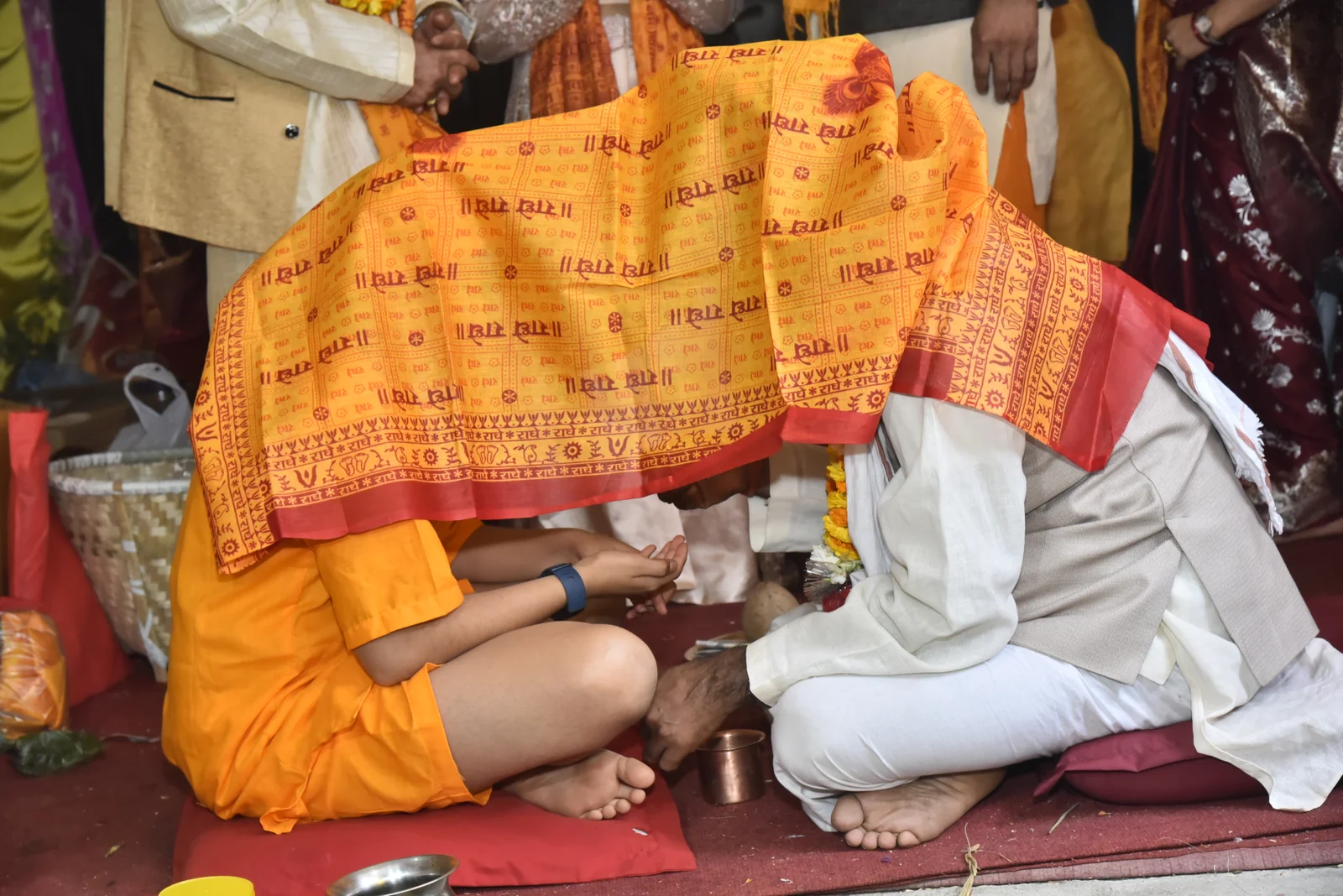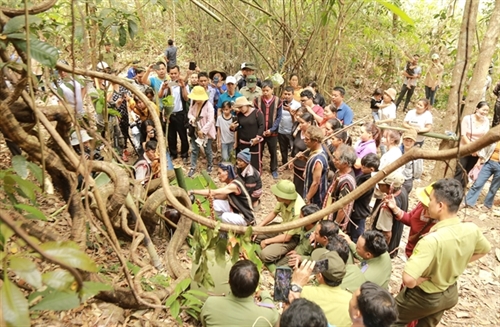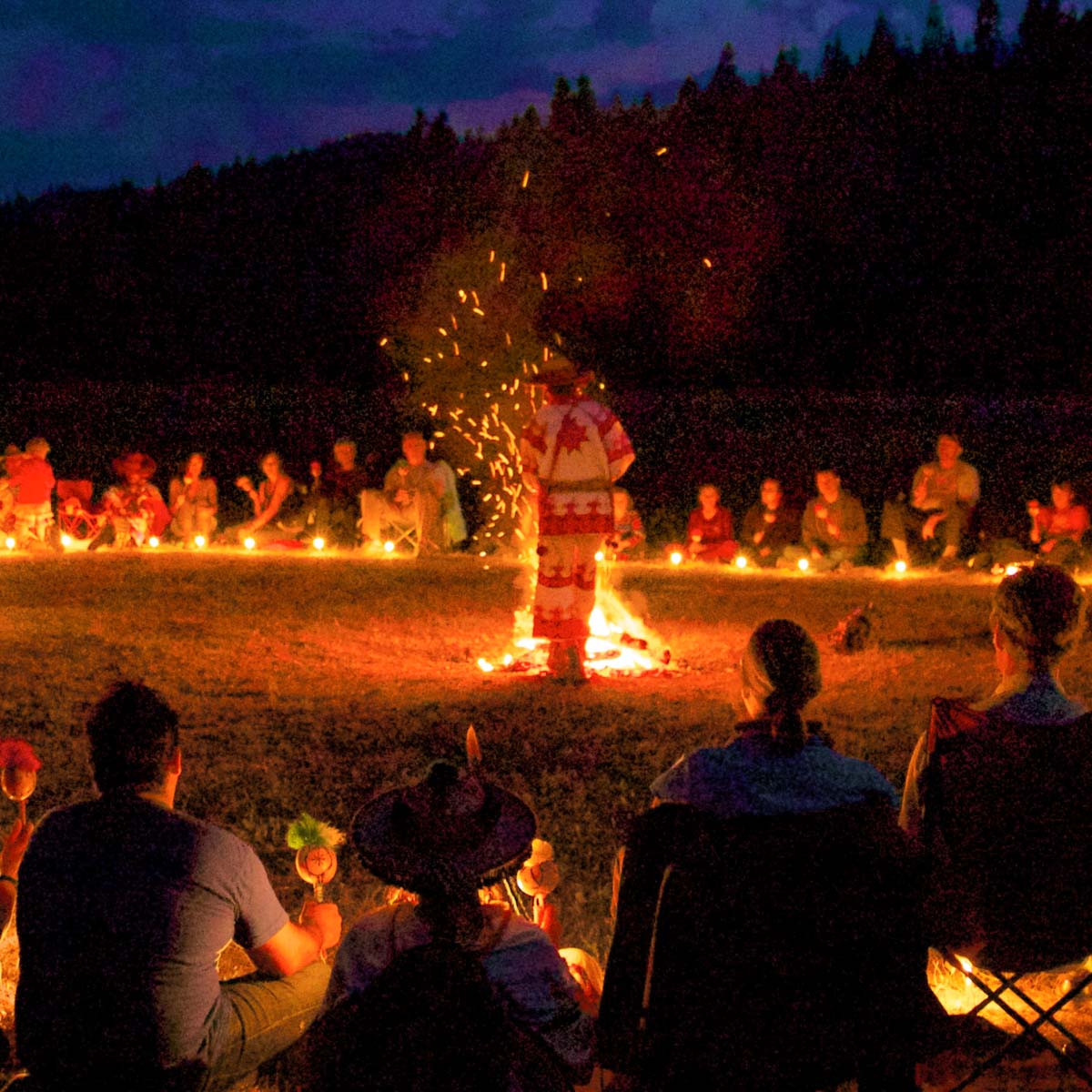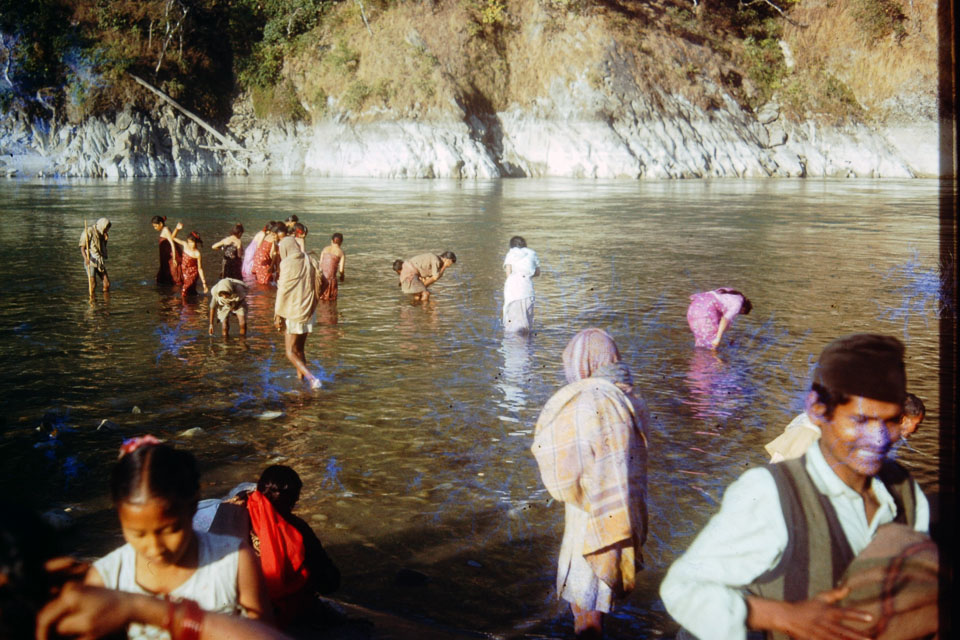Share this Article
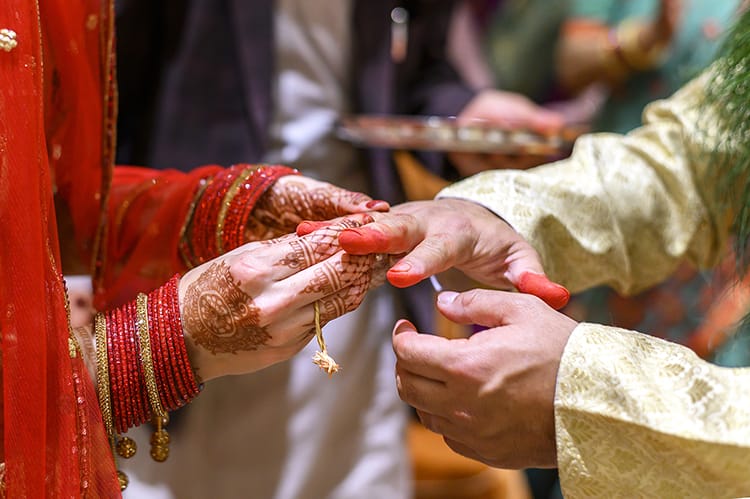
Nepal, a land of breathtaking landscapes and rich cultural heritage, is home to a diverse array of ethnic groups, each with its own unique traditions and customs. Among these, weddings stand out as one of the most significant and elaborate celebrations in Nepali society. A Nepali wedding is not just a union of two individuals but a coming together of families, communities, and cultures. The ceremonies are deeply rooted in tradition, religion, and astrology, reflecting the country’s rich cultural tapestry. This article delves into the unique wedding traditions of Nepal, exploring the rituals, attire, and regional variations that make these celebrations truly special.
1. Introduction to Nepali Weddings
Nepal is a multicultural and multiethnic nation, with over 125 ethnic groups and 123 languages spoken across the country. Each group has its own distinct wedding traditions, influenced by Hinduism, Buddhism, and indigenous practices. Despite this diversity, weddings in Nepal share common themes of family, community, and spirituality. They are grand affairs, often spanning several days and involving elaborate rituals that symbolize the sanctity of marriage.
In Nepali society, weddings are more than just personal milestones; they are social events that strengthen familial and communal bonds. They are also seen as a way to preserve cultural identity, with each ritual carrying deep symbolic meaning. From the pre-wedding ceremonies to the post-wedding celebrations, every step is meticulously planned and executed, often with the guidance of priests and astrologers.
2. Pre-Wedding Rituals
The journey to a Nepali wedding begins with a series of pre-wedding rituals, each with its own significance. Among the Newar community, the Gufa Ceremony is a unique tradition where the bride is kept in seclusion for 12 days before the wedding. During this time, she is not allowed to see sunlight and is cared for by her female relatives. This ritual symbolizes the transition from childhood to adulthood and prepares the bride for her new role as a wife.
Another fascinating Newar tradition is Ihi or Bel Bibaha, a pre-puberty marriage ceremony where young girls are symbolically married to a bel fruit, representing Lord Vishnu. This ritual ensures that the girl is never considered a widow, even if her human husband passes away. It reflects the deep-rooted spiritual beliefs of the Newar community.
The Panchakanya ritual is a purification ceremony performed for both the bride and groom. It involves bathing with water from five different sources, symbolizing the cleansing of past sins and the preparation for a new life. In some communities, the Swayamvara tradition is still practiced, where the bride chooses her spouse from a group of suitors, often through a test of skill or virtue.
3. Engagement and Astrological Matching
Astrology plays a central role in Nepali weddings. Before the engagement, the horoscopes of the bride and groom are matched to ensure compatibility. This practice, known as Kundali Milan, is believed to determine the success and longevity of the marriage. Once the horoscopes are deemed compatible, the families proceed with the engagement ceremony.
During the engagement, the groom’s family visits the bride’s home, bringing gifts and sweets. The bride’s family applies Tika (a mixture of yogurt, rice, and vermillion) on the groom’s forehead, symbolizing their acceptance of the union. This exchange of Tika and gifts marks the formal beginning of the wedding preparations.
4. Wedding Attire and Jewelry
The attire worn during a Nepali wedding is a vibrant reflection of the country’s cultural heritage. Brides typically wear a red saree or Gunyo Cholo, a traditional Nepali dress adorned with intricate embroidery. The color red symbolizes prosperity, fertility, and good fortune. Grooms often wear a Daura Suruwal, a traditional Nepali outfit, paired with a Dhaka Topi (Nepali cap).
Jewelry holds immense significance in Nepali weddings. Brides are adorned with gold and silver ornaments, including necklaces, earrings, bangles, and anklets. One of the most important pieces of jewelry is the Pote, a glass bead necklace that signifies a woman’s marital status. The groom also wears traditional jewelry, such as a Sirbandi (headpiece) and a Tilhari (necklace).
5. Main Wedding Ceremony
The main wedding ceremony is a sacred and elaborate affair, often conducted by a priest. One of the most emotional moments is the Kanyadaan, where the bride’s parents formally give her away to the groom. This ritual symbolizes the transfer of responsibility from the bride’s family to the groom.
The Saptapadi or seven vows is the highlight of the ceremony. The bride and groom take seven steps around a sacred fire, each step representing a vow they make to each other. These vows include promises of love, respect, and lifelong companionship. The fire, or Agni, is considered a witness to the marriage and a symbol of purity.
Another key ritual is the application of Sindoor (vermilion) on the bride’s forehead and the tying of the Mangal Sutra (sacred necklace) around her neck. These acts signify the bride’s transition into married life and her new status as a wife.
6. Ethnic and Regional Variations
Nepal’s ethnic diversity is reflected in its wedding traditions. Among the Newars, weddings are elaborate affairs that include rituals like the Supari exchange, where betel nuts are exchanged as a symbol of respect. Newar weddings are also known for their grand feasts, featuring traditional dishes like Baji (beaten rice) and Choila (spiced meat).
The Tharu community, indigenous to the Terai region, incorporates nature worship into their weddings. Tharu brides and grooms wear floral garlands and perform rituals to honor the spirits of the forest and rivers. Similarly, the Tamang, Gurung, and Sherpa communities have their own unique traditions, such as the Tamang Selo dance and the Gurung Rodhi (a pre-wedding gathering).
7. Post-Wedding Rituals
After the wedding, the bride bids farewell to her maternal home in a ritual called Mata Tirtha. This emotional ceremony symbolizes her departure from her family and her entry into her new life. The groom’s family then hosts a grand reception, known as Piritani, to celebrate the union.
In the Jwain Bhitraune ritual, the groom is formally introduced to the bride’s family. He is welcomed with gifts and blessings, symbolizing his acceptance into the family. These post-wedding rituals reinforce the bonds between the two families and mark the beginning of a new chapter for the couple.
8. Modern Influences on Nepali Weddings
While traditional customs remain at the heart of Nepali weddings, modern influences are increasingly shaping these celebrations. Globalization and exposure to Western culture have led to the incorporation of elements like white wedding dresses, cake-cutting ceremonies, and choreographed dances. Bollywood has also had a significant impact, with many couples opting for Bollywood-inspired music and attire.
Technology has transformed the way weddings are planned and celebrated. Social media platforms like Facebook and Instagram are used to share wedding photos and videos, while wedding planning apps and websites have made it easier to organize these elaborate events. Despite these changes, the essence of Nepali weddings remains rooted in tradition, ensuring that the country’s rich cultural heritage continues to thrive.
Conclusion
Nepali weddings are a vibrant celebration of love, family, and culture. From the intricate pre-wedding rituals to the grand post-wedding feasts, every aspect of these ceremonies is steeped in tradition and symbolism. While modern influences are gradually making their way into Nepali weddings, the core values of community, spirituality, and cultural pride remain unchanged. These unique traditions not only reflect Nepal’s diverse heritage but also serve as a testament to the enduring significance of marriage in Nepali society. Whether it’s the sacred vows taken around the fire or the colorful attire worn by the bride and groom, a Nepali wedding is a truly unforgettable experience.
Categories:
Culture & Traditions
Tags:
Nepali Weddings
,
wedding



